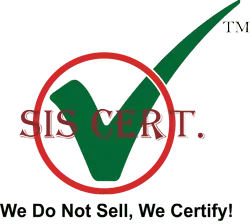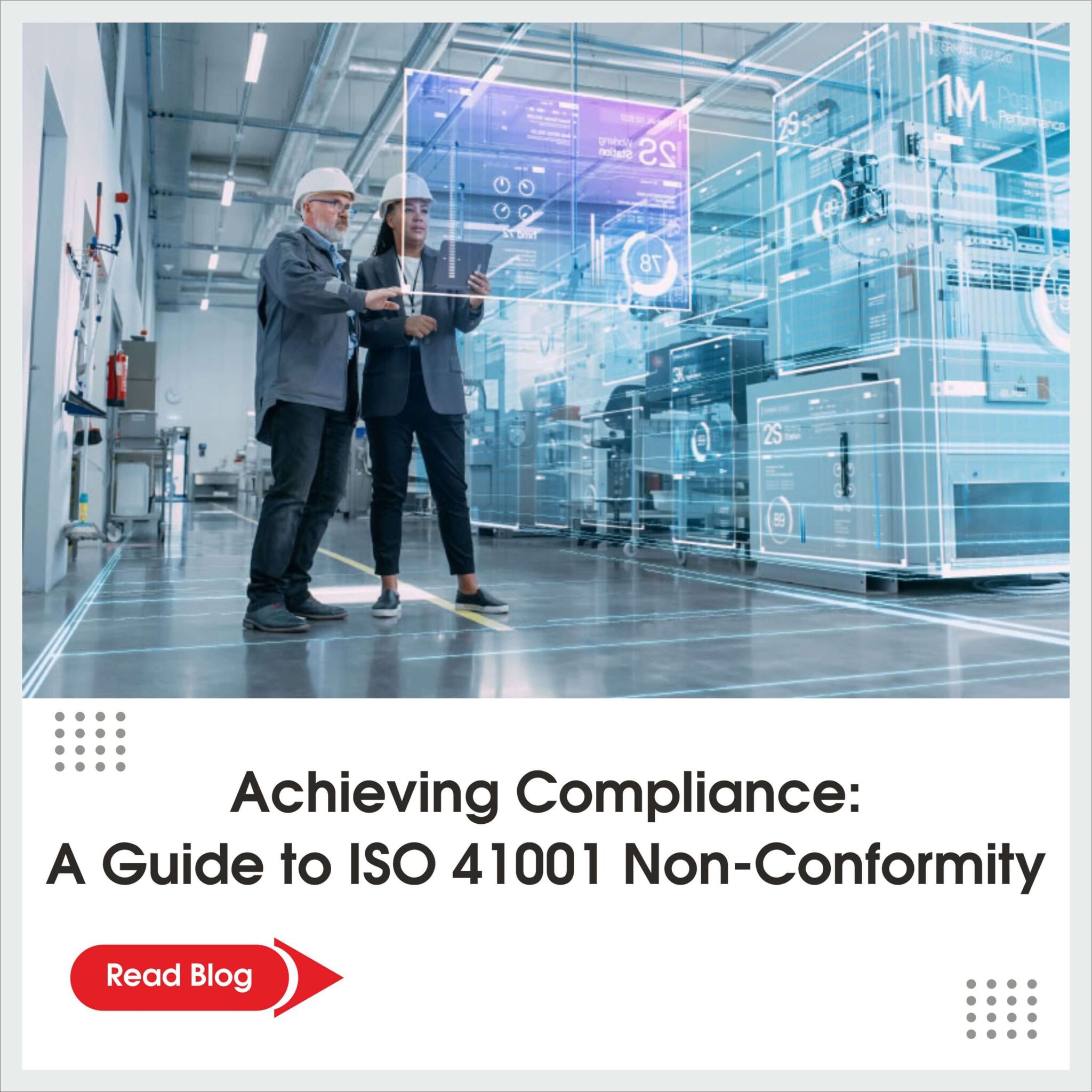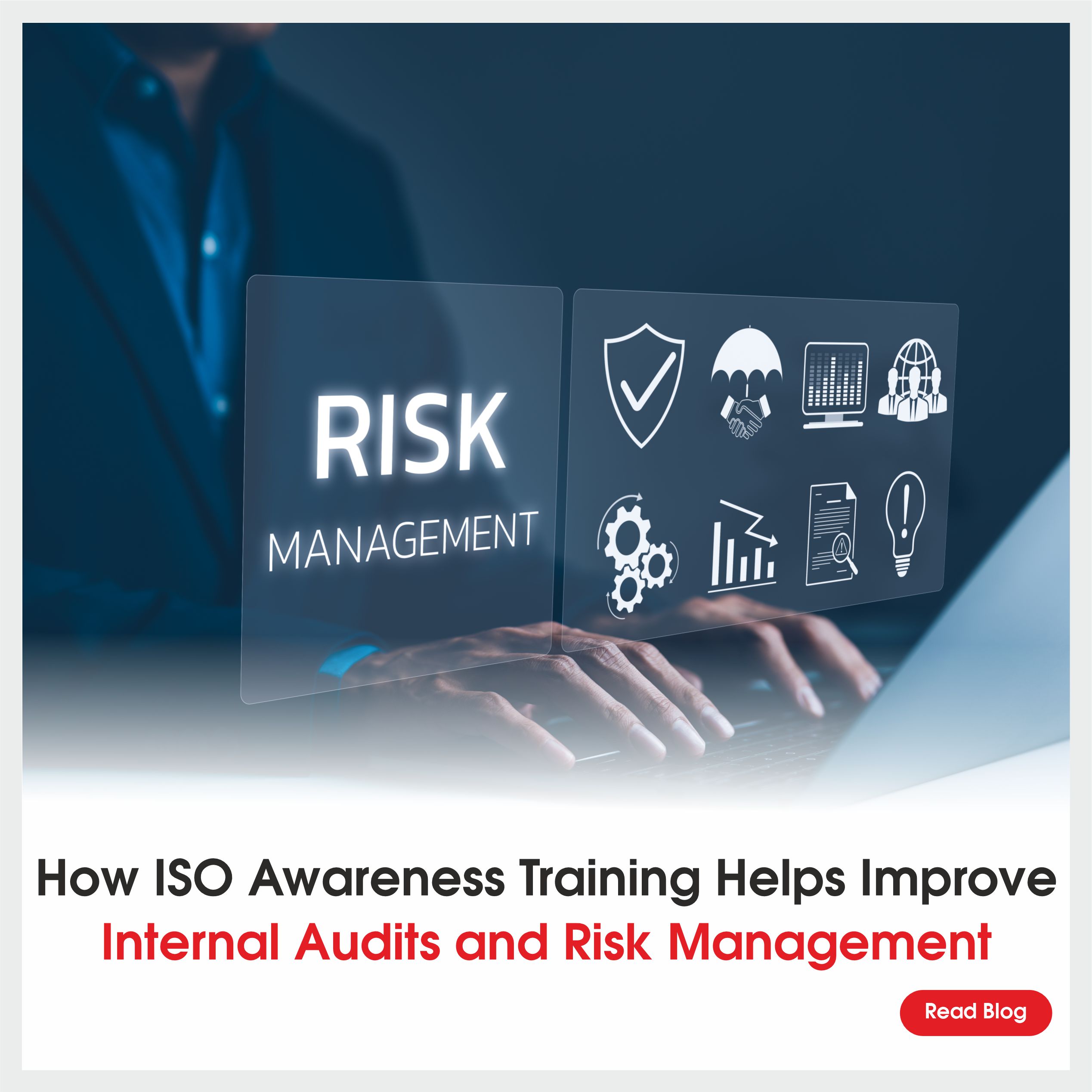ISO 41001 is a global standard certificate by the International Organization for Standardization that presents guides for facility management. It follows the same scheme as other ISO standards, including ISO 45001 (Occupational Health and Safety Management Systems) and ISO 50001 (Energy Management Systems), with the core text, definitions, and terms kept intact.
The purpose of the standard is to ensure that organizations demonstrate lean FM, and consistency when defining Facility Management system requirements and sustainability. It standardizes the notation and its requirements to serve all kinds of organizations.
What is ISO 41001:2018 nonconformity? ⮯
ISO 41001 Non-Conformity is the process where an organization’s FM system does not meet the requirements of ISO 41001. The non-conformities can be originated from several sources including inadequate processes, not complying with regulations or failure to meet the pre-defined output performance criteria.
Corrective or preventive measures are unavoidable in the pursuit of the certification of ISO 41001 or even the maintenance of compliance with the standard. Through appropriate control of non-conformities, organizations can advance their facilities management actions, enhance operational effectiveness, and manifest a willingness to meet the international parameters of facility management.
Non-conformities in ISO 41001 can occur due to various reasons. Here are some of the main ones: ⮯
The ISO 41001 certification audits are a dynamic procedure that allows organizations to show their attitude to practising correct facility management. During these audits, certified auditors comprehensively audit the entire facility management system of an organization to confirm its conformity with the ISO 41001 standard. As the certification is taken to its perfection level, auditors may discover non-conformities that reflect the fact that the organization’s practices deviate from the standard’s requirements.
There is a usual non-conformity during the ISO 41001 certification audit, and that is a lack of proper documentation. Standard highlights the need for documenting the procedures, policies, and processes that are within facility management. Auditors regularly discover instances where organizations do not have proper documentation of their systems compromising the security of the systems and leading to possible inefficiencies. Not following these standards can be a timely and valuable learning event for organizations to improve their documentation practices and make sure that all required information is accurately recorded.
Besides, the incessant non-compliance noted when undergoing ISO 41001 certification audit is not reviewing and updating the facility management system. The standard dictates that organizations constantly and continuously keep reviewing and assessing their processes to identify areas of improvement. Auditors could find situations wherein organizations have not been doing regular checks or have not updated accordingly. This non-conformity means that it is extremely critical to evaluate the facility management system from time to time and make any adjustments that are needed to see continuous development.
It’s crucial to remember that every organisation is different, and the precise causes of non-conformities might vary greatly. An extensive internal audit can aid in locating instances of non-compliance and serve as a foundation for corrective efforts.
TYPES OF NON-CONFORMITIES ⮯
- Major Non-Conformity: Major non-conformities are serious deviations from the requirements of a standard or management system. They often pose a significant risk to the organization’s objectives, compliance, or product/service quality. Major non-conformities can result in certification suspension or withdrawal in the case of ISO certification.
- Minor Non-Conformity: Minor non-conformities are less severe than major ones but still represent a deviation from the standard or management system’s requirements. While they may not pose an immediate or significant risk, they should be addressed to ensure compliance and continuous improvement.
- Observation: Observations are findings made during an audit or assessment that are not classified as non-conformities. They are typically used to report areas where the organization’s practices, processes, or documentation deviate slightly from the requirements of the relevant management system standard. The purpose of reporting observations is to bring attention to areas where improvements or adjustments could be beneficial for the organization.
- Opportunities for Improvement (OFI): These are specific areas within the organization’s processes or practices where enhancements or optimizations can be made. These areas may not necessarily be deviations from the standard’s requirements, but they represent chances to improve efficiency, effectiveness, or performance.
Ways to address ISO 41001 non-conformities ⮯
A structured procedure that includes finding, assessing, and correcting the non-conformities, as well as taking preventative action to make sure they don’t happen again, is required to deal with ISO 41001 non-conformities. These are the general procedures:-
- Identification of Non-Conformity: Finding the non-conformity is the first step. Internal and external audits, as well as frequent monitoring and measuring of environmental performance, can help with this.
- Record the Non-Conformity: The non-conformity should be noted as soon as it is discovered. The record should contain information on the nonconformity nature, how it was discovered, who found it, and when and where it occurred.
- Evaluate the Non-Conformity: The non-conformity must next be evaluated to determine its source and consequences. This entails determining the source of the non-conformity and evaluating any potential environmental effects that resulted from it.
- Correct the Non-Conformity: The organisation should take steps to address the non-conformity after fully comprehending its origin and effects. Depending on the non-conformity’s nature, this may entail fixing machinery, changing processes, or retraining employees.
- Preventive Action: The organisation should work to avoid recurrence in addition to rectifying the non-conformity. This might entail changing procedures, upgrading employee training, or stepping up monitoring and measurement.
- Follow-Up: After corrective and preventative measures have been implemented, the organisation should check in to make sure they were successful in eliminating the nonconformity and preventing a recurrence.
- Review and Improvement: Regular reviews of the entire procedure are necessary to spot areas for development. This might entail strengthening the follow-up procedure, the efficiency of remedial and preventative measures, or the process for finding non-conformities.
- Documentation: It’s crucial to keep detailed records during this procedure. This covers the detection, assessment, and rectification of non-conformities as well as any preventative measures implemented. This paperwork can be consulted in the future and used to prove ISO 41001 compliance in audits.




